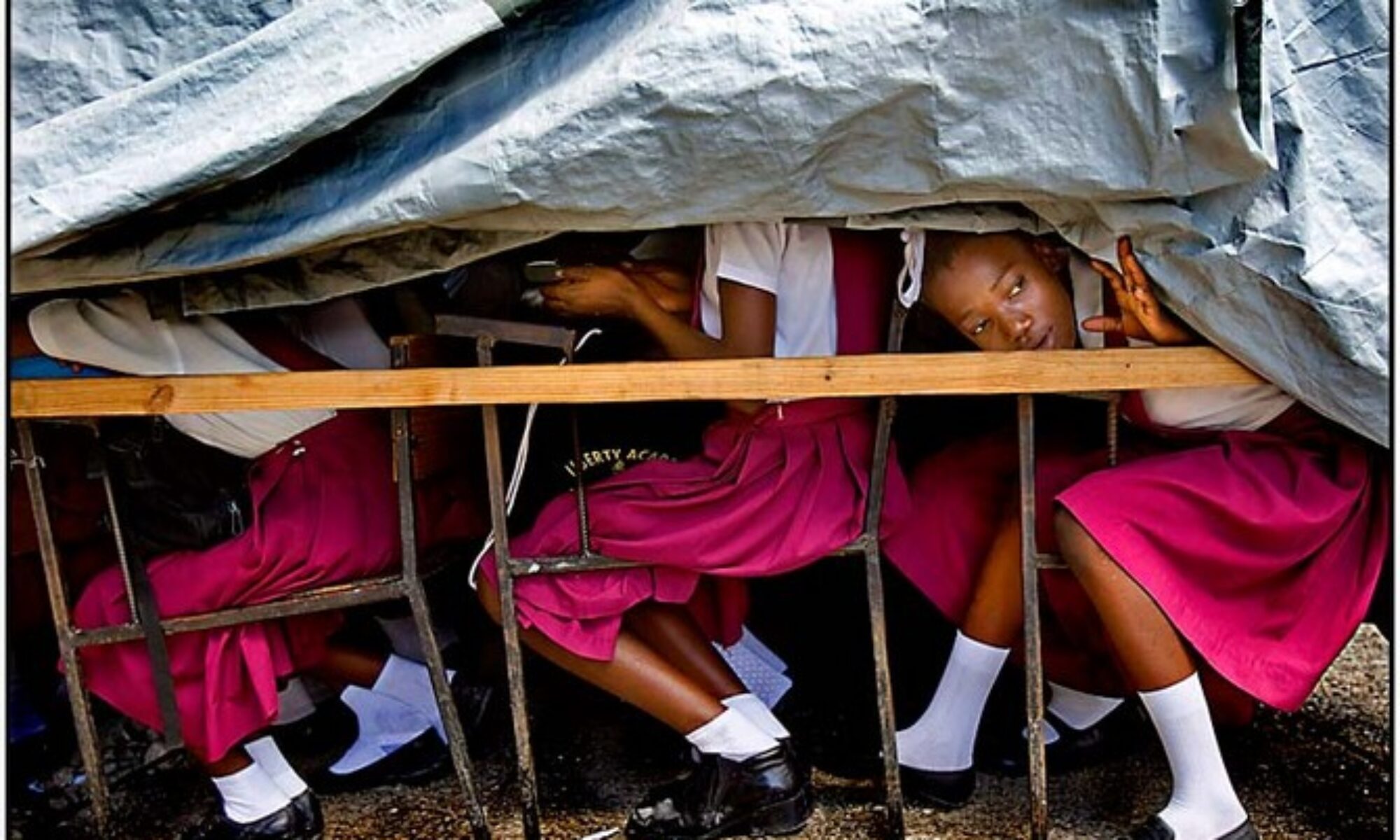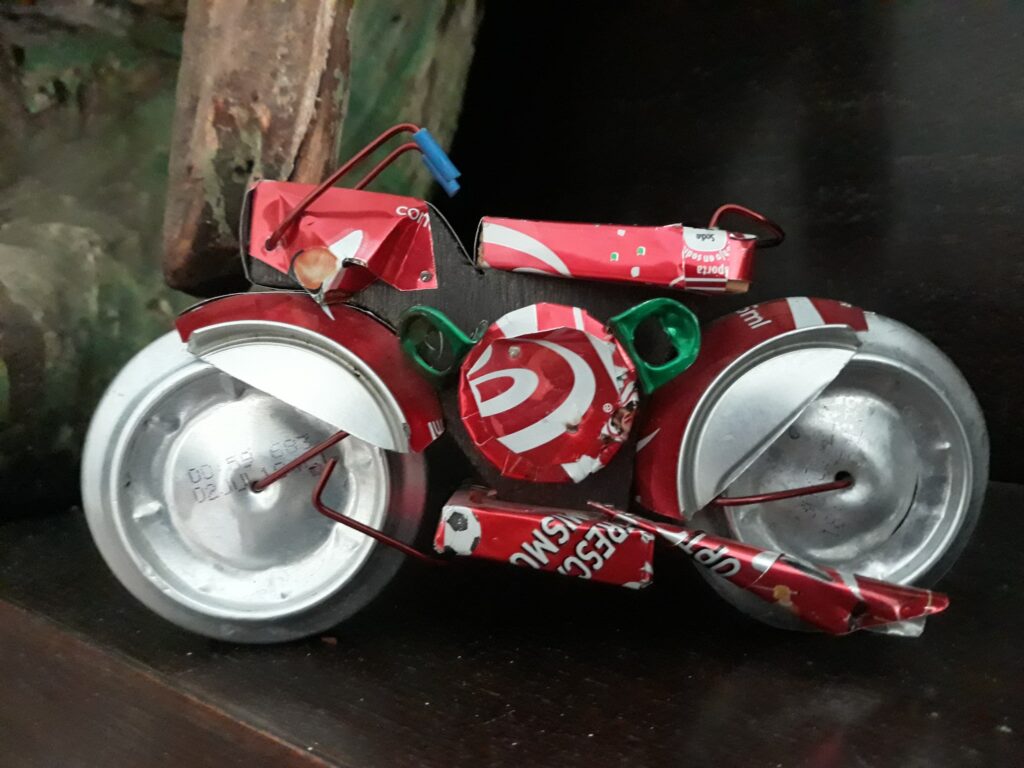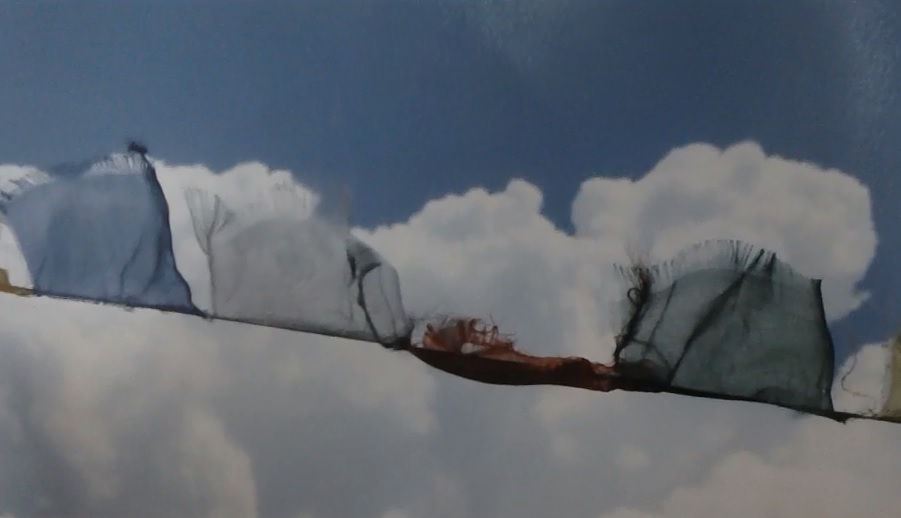Trash is my preferred medium and awareness art is the platform I use to get the all important message across, trash is a free commodity.
Take a good look at the above noted image. It is a 1950s metal coin dispenser. Someone threw it away because the metal had become tarnished with age. Ironically old dollar bills are shredded when they have reached the end of their lifespan. I combined the two with the hope this juxtaposition would strike a cord that now is the time for us to reevaluate the value of money.
Rethinking our future is what we all should be doing right now as the climate clock is ticking faster than ever.
Thankfully the circular economy model is finally gaining momentum as a potential way for our societies to increase prosperity, while reducing demands on finite raw materials. This transition requires a systemic approach, and one that entails moving beyond incremental improvements like carbon tax credits as well as developing new collaboration mechanisms.
For this we will need to explore further the intersection of two themes (plastics and plastic packaging in particular for this article). How can collaboration along the extended global plastic packaging production and after-use value chain, as well as with governments and NGOs, achieve systemic change to overcome stalemates in today’s plastics economy in order to move towards a more circular model?
To achieve drastically better economic and environmental outcomes we will need a new approach and a clever action plan to get us there. So how can we carry this timely agenda forward? In my humble estimation it will require after-use value chains to provide a plastic bag refund. If plastic bags have a value then people will stop throwing them on the ground. It will require more fashion industries to follow other sustainable trail blazing brands like Patagonia and Levis. Art Collectors can help do their part by purchasing art created by environmental artists, recycled artists and green artists like Olafur Eliasson and artists who create art installations out of trash like Gabriel Orozco and Quisqueya Henriquez.
I hope you will find this article informative and useful as we take the time to explore our collaborative commitment to better protect our planet.
We invite you to engage with us on this important opportunity, Trash as a New Economy.
Spread the word!
Trash as a New Economy! Click To Tweet


